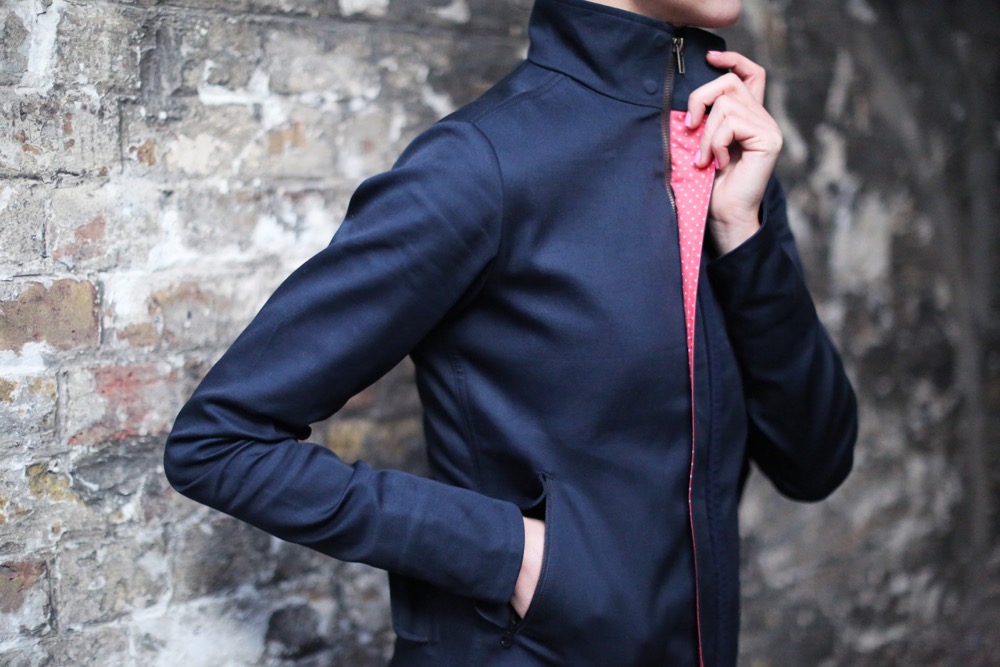

Directional tread is especially important in icy conditions, where some areas of the road can be more slick than others.

If you’re in need of studded model, this model has advanced stud placement that allows it to grip the road in multiple places, which works in harmony with the directional tread design.

These tires excels in areas where no all season tires can stand a chance. The most popular is the Kumho Wintercraft. There are three different winters available. Although it doesn’t work quite as well in the deep snow, handling and speed performance is significantly improved on dry ground. These tires are ideal for use in warm climates, such as the west coast. The Ecsta Tires have many of the same features as the solus, although it’s designed more for dry conditions than snowy ones. The Solus has a softened outer tread block that maintains tight handling in the winter, and they have a tread block pattern that reduces road harmonics, keeping them smooth and soft in the summer. This prevents hydroplaning, even when driving through large puddles. This gives them incredible performance in wet conditions, as there is somewhere for the water to go. The treat is arranged in a grid-like patter, with four deep groves that extend the length of the tires. The Solus are the most highly rated in reviews. There are two different types of Kumho all seasons on the market: the Solus and the Ecsta.
#Lumo tyres series#
We’ll be breaking down Kumho’s tire line by usage, so you can find out which ones in the series are best rated. Each one has different options and features. How well your rubber perform depends on which tire you buy. But if you’re driving a sports car, burning out your tires and slamming on the brakes, you’ll likely get 10 to 20% less than the rated mileage. If you’re just looking for some cheap rubber to throw on your weekend car, or do mostly highway miles, then you’ll likely get much more miles on the tires than they’re rated for. Their estimates are based off typical city driving. that being said, Kumho is very good at estimating their tires wear. Tread wear on them is reasonable for the price, although not industry leading. If there is one area Kumho gets high ratings in the reviews, he’s here. This allows them to reduce their costs, passing the savings on to the consumers. They take existing proven designs, and re-engineer the manufacturing process to cut costs. First, Kumho is never really pushing the boundaries of tires tech. How is this possible? There are two reasons. They often have similar tread patterns and designs as top end models, but are sold at a much lower cost. Across the board, they’re generally 30 to 40% cheaper than competing models. This is the one area where these tires really excel. Kumho makes the list for sure, just be sure to weight your options. Take a look at all the other tires we’ve tested in our roundup of the best tires on the market. Not the Tire Reviews You Were Looking For? Then, we’ll go in depth and explore the different options they have. But are they any good? Or would you be better off spending your money elsewhere? First, we’ll be taking a look at how Kumho tires perform overall. Their designer spends a lot of money on research and development, and they have dozens of different makes and models, for all different kinds of applications. They’re not too expensive, and not too cheap. Kumho tires is a brand that prices its tires somewhere in the middle. In our Kumho tires analysis, we’ll be taking a look to see how this brand performs against the competition, providing reviews on all key factors. If you’re always shopping for the cheapest tires you can buy, you’re not going to get the same ride you would if you were to always buy the most expensive tires you can find. Tire shops would like you to believe that the more expensive the tires, the better the ride.


 0 kommentar(er)
0 kommentar(er)
